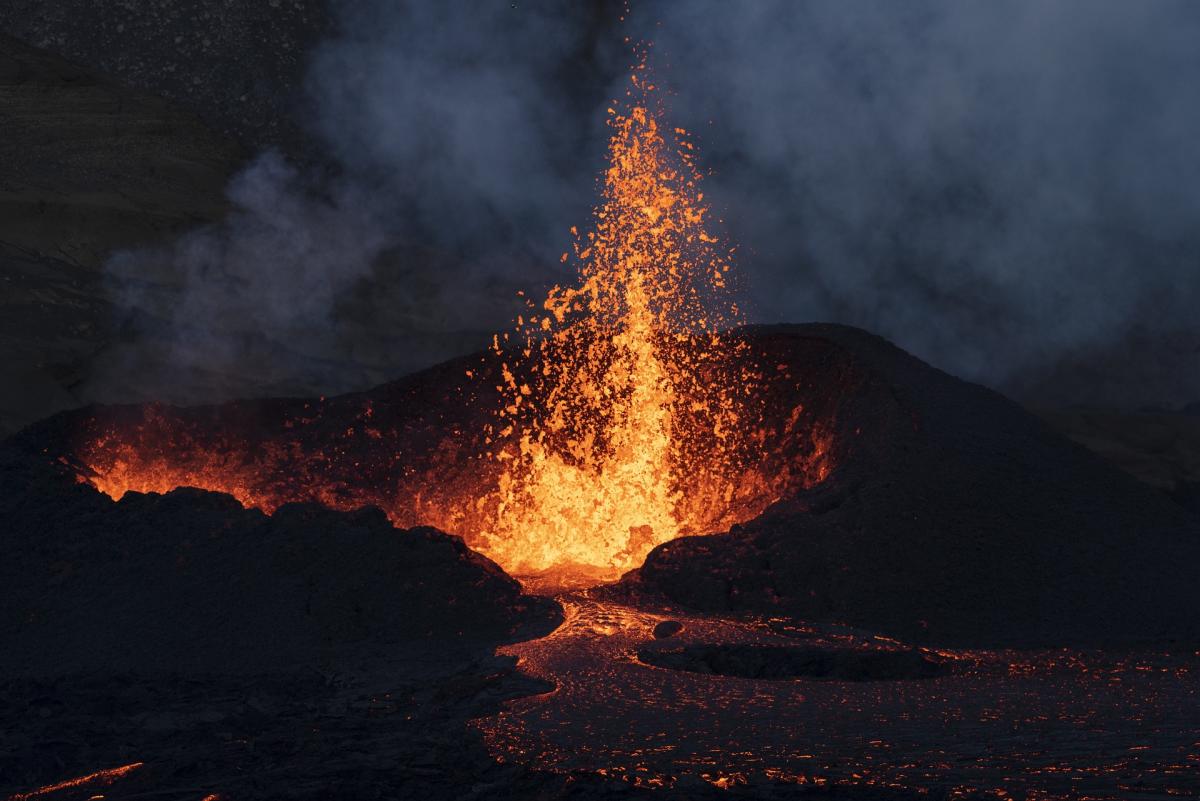
In this lesson, students are introduced to the use of synthetic pigments (biomimicry) in things they use everyday to make art. Students use solvents to separate colors and study chromatography in

In this lesson, students are introduced to the use of synthetic pigments (biomimicry) in things they use everyday to make art. Students use solvents to separate colors and study chromatography in

In this lesson, students are to use simple materials to create a structure that holds weight. It must be able to stand on its own. Students will first study and discuss gravity.

In this high school lesson, students will get the opportunity to engage in scientific research, studying sustainability and fuel options, while creating models to represent their knowledge.

In this geometry/coding lesson, students embark on an exciting journey with Elsa and Anna from Frozen using Code.org. The lesson introduces fundamental coding concepts through interactive puzzles and

In this lesson, students will explore how temperature and pressure can each affect the states of matter. Students will develop a plan and a hypothesis, and will the conduct their experiment to analyze

In this lesson students learn about absorbency and are introduced to the colorful world of tie-dying as a way to recycle stained shirts.

This hands-on lesson, allows students to make observations and draw conclusions based on their own crystal growth experiments. It combines literacy and science to give the students the opportunity to

This is best for high school AP/IB/Honors Biology students for using clay and miscellaneous items to model and then film their model of Cellular Respiration to better understand how the Electron

Calculating Moles to gram of multiple different compounds to make playdough. Includes easy and advanced practice problems (with answers) and teacher background knowledge. Basic easy ingredients are